Hyundai releases new Sonata for global mid-size sedan market
By 정주원Published : March 24, 2014 - 10:28
Hyundai Motor Co., South Korea's No. 1 carmaker, launched its all-new Sonata on Monday as part of efforts to expand its presence in the global mid-size sedan market.
The company said the car features "refined styling" thanks to the Fluidic Sculpture 2.0 design language, has much greater driving characteristics than the outgoing model and incorporates top notch safety.
Hyundai said that the sedan, which should reach consumers within the month in its home market, emphasizes a "return to basics."
"The car has been designed to drive, turns and stops well, and provides the kind of driving experience that can be appreciated by all drivers," a company executive said, declining to give his name.
He added that practicality has also been a key criterion in the seventh generation Sonata. The first Sonata that debuted in 1985 has been one of Hyundai's bread-and-butter models, having sold nearly 7 million models so far.
The company said the new car will take aim at rivals such as the Toyota Camry, Honda Accord, Nissan Altima and Volkswagen Passat, and invigorate Hyundai's market presence at home and abroad.
Hyundai said it wants to sell 228,000 units of the new Sonata worldwide this year, with 165,000 of total sales coming from abroad. For 2015, the goal is to sell 338,000 Sonatas.
The new car, which has a 10 millimeter longer wheel-base compared to the present Sonata, has the same width but is 35 mm longer overall and has a roof line that sits 5 mm higher.
Like the new Genesis premium sedan, the car has a single-piece hexagonal grille, swept-back headlamps, and swooping sports-like profile that starts above the greenhouse and runs all the way to the trunk. Externally, the car looks similar to the new Genesis up front, although its grille is narrower and stops at the bumper. Its profile, however, retains the feel of the earlier Sonata.
On the inside, the carmaker said it overhauled the suspension and incorporated new advanced braking systems that will give drivers more confidence.
The company said it has used super high tensile steel for 51 percent of the vehicle that is on par with the Genesis. Coupled with seven air bags, it will provide a degree of protection for occupants not seen in cars of this class, it added.
The current generation Sonata uses high-strength steel for 21 percent of the vehicle. This type of steel is roughly 10 percent lighter than conventional steel plates but twice as strong.
Elaborating more on safety, Hyundai said it used three times more hot stamped steel to make parts that go into the new Sonata vis-a-vis the current model and used double reinforced hot stamped steel in building the B-pillars that greatly enhance the integrity of the car's greenhouse and protects passengers from sideway collisions.
The company, which is the flagship of the Hyundai Motor Group, the world's fifth largest automotive conglomerate, said that such detail to safety has resulted in a car that is expected to receive the highest rating of "good" in the small overlap front crash test to be implemented by U.S. Insurance Institute for Highway Safety later in the year.
This, it claimed, compares favorably with other in-house tests conducted on such cars as the Volkswagen Passat, Toyota Camry and the Audi A4 that got only "acceptable" or "poor" ratings.
Hyundai said attention to safety pushed up the unladen vehicle weight to 1,460 kilograms from the 1,415 km of the current Sonata, but its fuel economy tested under the government cycle has edged up to 12.1 kilometers on a liter of gasoline from 11.9 kmpl.
On the power train, Hyundai said the new car dubbed the Sonata LF comes with a naturally aspirated 2.0 liter gasoline direct injection and a 2.4 liter engine at the outset, with other engine options, including a turbo and diesel variant that are being examined. It said overall horsepower of the car has come down, although the torque numbers have gone up in the lower engine revolution range to better reflect driving habits of ordinary drivers.
To help with fuel economy, the car has been streamlined to have a drag coefficient of 0.26, an improvement of 7 percent from 0.28 for the outgoing Sonata. It said more than 40 percent of the underside of the car has been covered with a belly pan that reduces drag and noise, and improves the car's "gripping" ability on the road at high speeds.
On pricing, the carmaker said the base vehicle with a 2.0 liter engine and continuously variable valve lift has been set at 22.7 million won ($21,000), a gain of 600,000 won from the current sixth generation Sonata that has been in production since 2009. It said for the highest trim level, the new car's price goes up to 28.8 million won compared to 27.9 million won.
Hyundai claimed the modest gain in price reflects significant upgrades in technology and safety features that have been incorporated into the new car. (Yonhap)


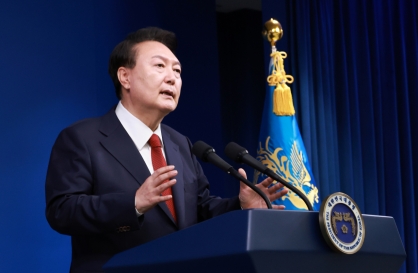


![[K-pop’s dilemma] Can K-pop break free from ‘fandom’ model?](http://res.heraldm.com/phpwas/restmb_idxmake.php?idx=644&simg=/content/image/2024/05/09/20240509050541_0.jpg&u=20240509173751)
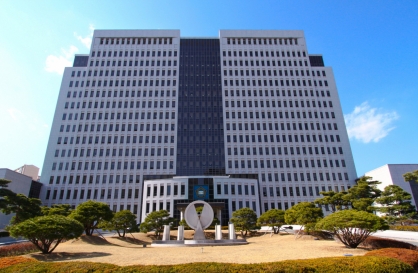


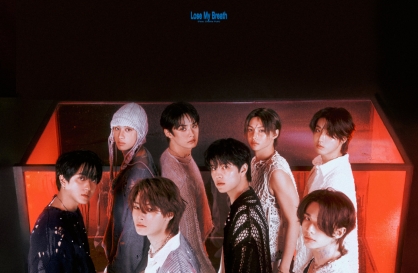
![[News Analysis] Yoon's first 2 years marked by intense confrontations, lack of leadership](http://res.heraldm.com/phpwas/restmb_idxmake.php?idx=644&simg=/content/image/2024/05/09/20240509050612_0.jpg&u=20240509233252)
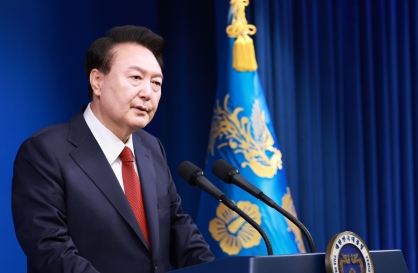


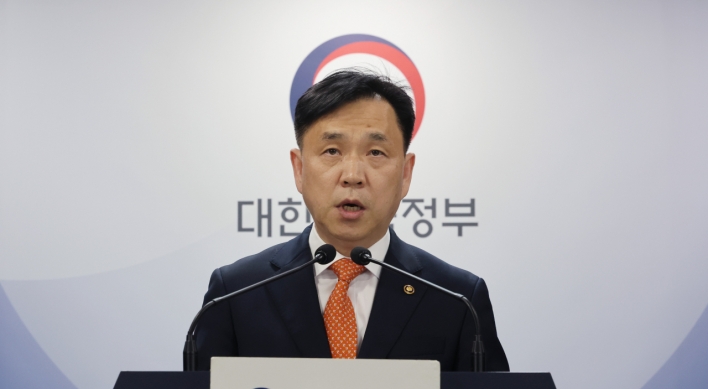


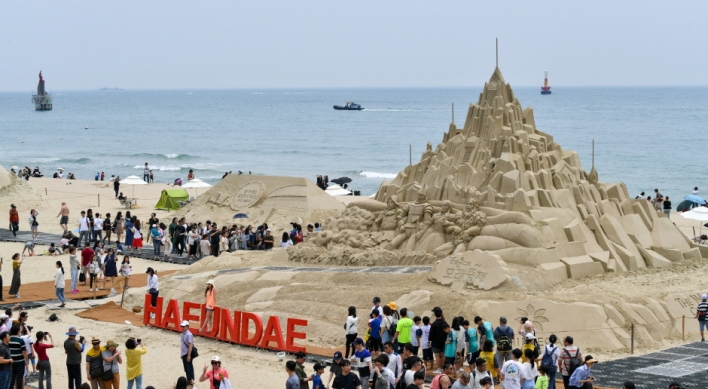
![[Today’s K-pop] NCT’s Mark to drop 1st solo album in February 2025](http://res.heraldm.com/phpwas/restmb_idxmake.php?idx=642&simg=/content/image/2024/05/10/20240510050597_0.jpg&u=)